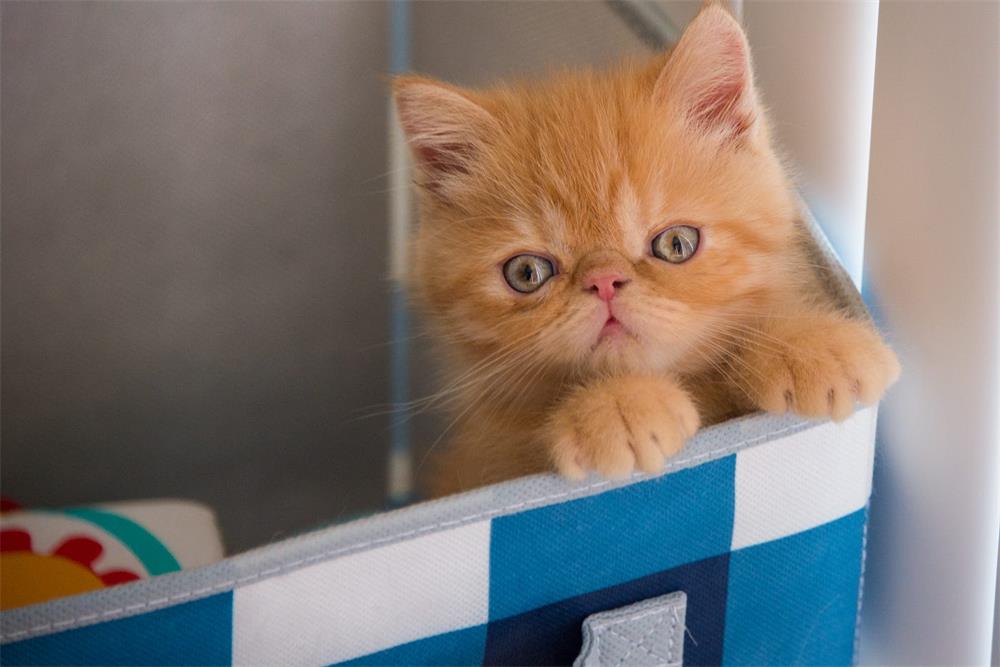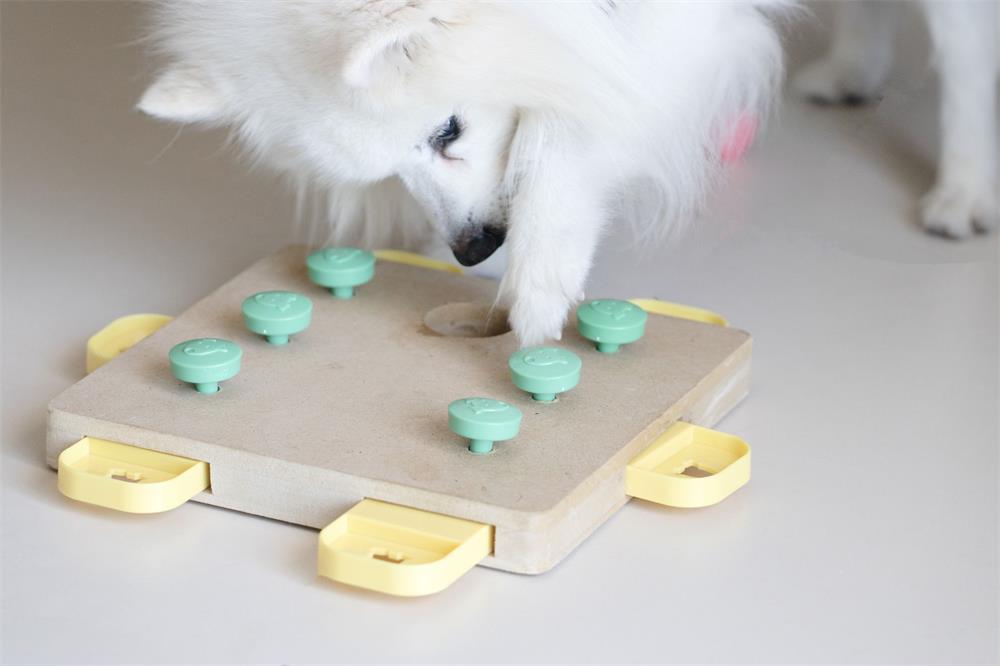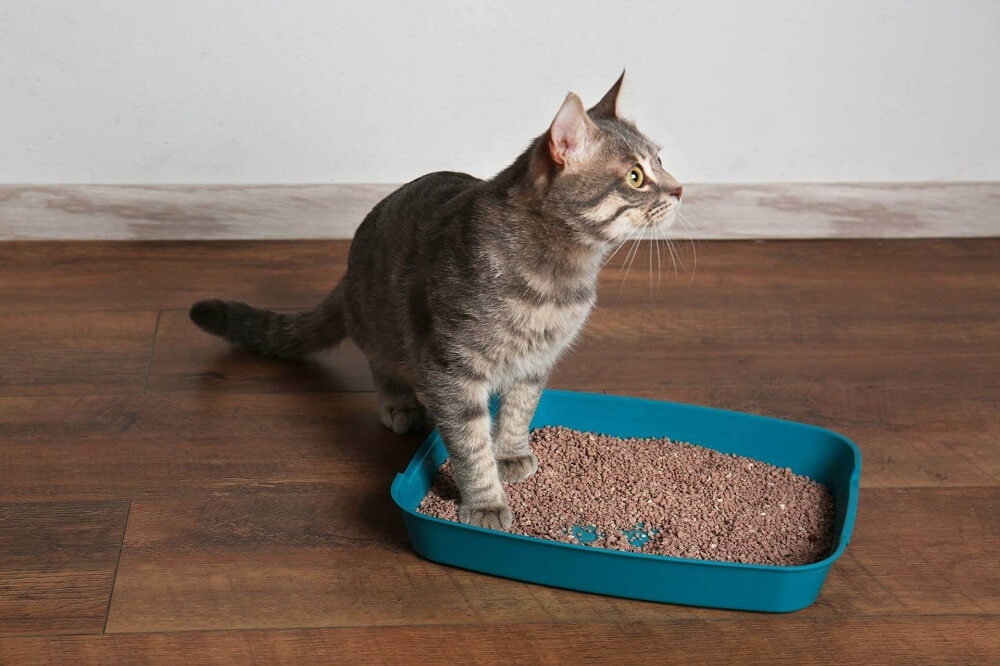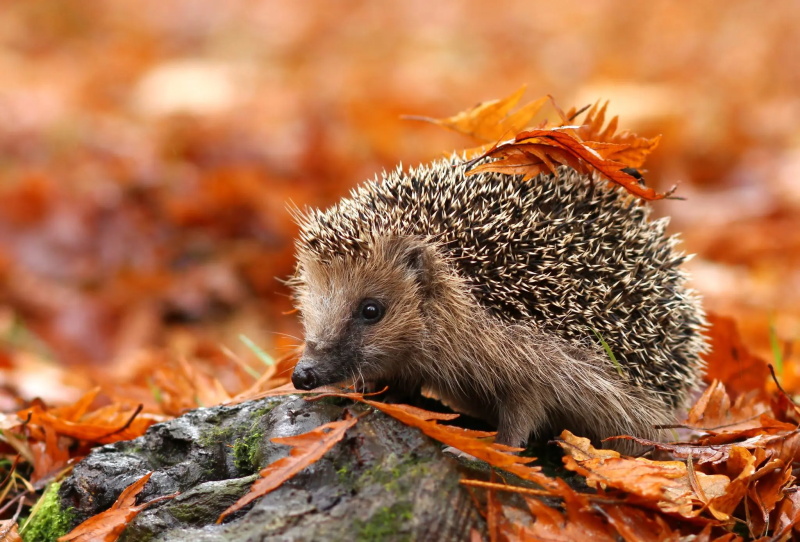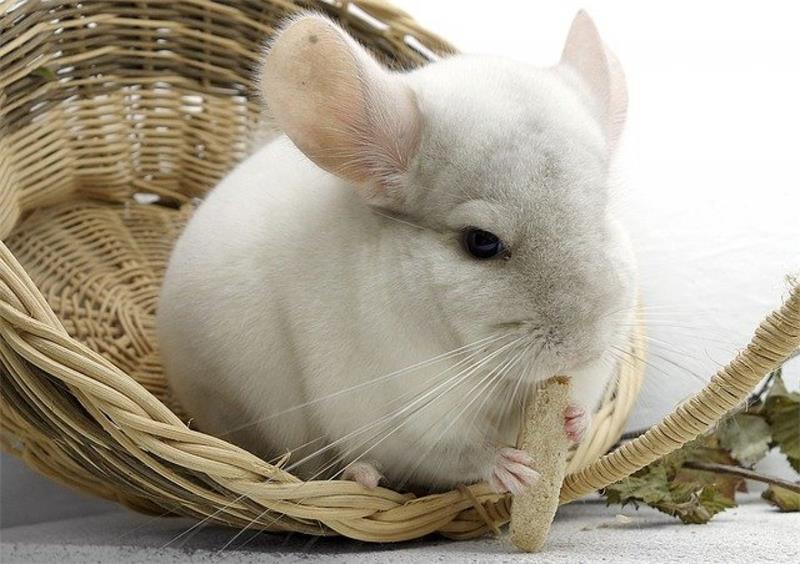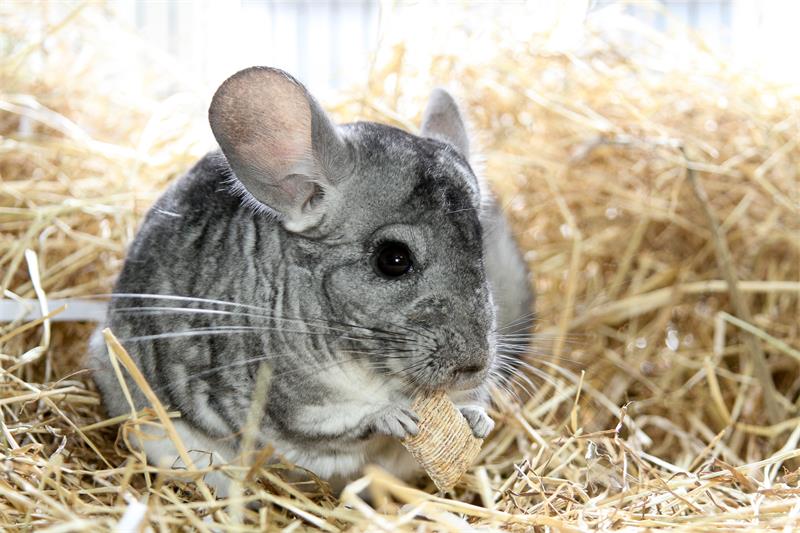If you notice that your cat’s eye is swollen, you may be worried about what is causing it and how to treat it. A swollen eye can indicate a variety of health problems, ranging from mild to serious. In this article, we will explain some of the possible causes of a swollen eyes in cats, how your vet can diagnose them, and what treatments are available. We will also answer some common questions and give you some tips on how to keep your cat’s eyes healthy.
What Are the Different Types of Swelling in a Cat’s Eye?
Before you call your vet, it may be helpful to describe the swelling in your cat’s eye as accurately as possible. There are four main parts of the eye that can swell:
- Conjunctiva: This is the thin membrane that covers the white part of the eye (sclera) and the inside of the eyelids. It also covers the third eyelid, which is a protective fold of tissue that can be seen at the corner of the eye. Swelling of the conjunctiva is called conjunctivitis or pinkeye. It is the most common cause of eye swelling in cats. The eye may look red, watery, or have a thick discharge. The cat may also squint or rub the eye.
- Eyelids: The eyelids are not part of the eye itself, but they are connected to it by membranes. The swelling of the eyelids is called blepharitis. It can make the eye look puffy or bulging. The eyelids may also be red, itchy, or crusty.
- Inside the Eye: The inside of the eye is filled with a fluid called aqueous humor. If there is too much fluid inside the eye, it can cause increased pressure and make the eye look bigger or protrude. This condition is called glaucoma and can be very painful and damaging to the eye.
- Behind the Eye: The space behind the eye is called the retro-orbital space. If there is any swelling in this space, it can push the eye forward and make it look protruding or irritated. This can be caused by tumors, abscesses, infections, or injuries.
What Are Some Common Causes of a Swollen Eye in Cats?
There are many possible causes of a swollen eye in cats, but some of the most common ones are:
- Bacterial Infection: Bacteria can infect the conjunctiva or the eyelids and cause conjunctivitis or blepharitis. This can happen if the cat scratches or injures the eye, or if there is something irritating in the environment, such as dust, smoke, or chemicals. The eye may have a yellow, green, or white discharge that can stick to the fur around the eye.
- Viral Infection: Viruses such as feline herpesvirus or feline calicivirus can cause upper respiratory infections that affect the eyes as well as the nose and mouth. They can cause conjunctivitis with watery or mucous discharge, as well as sneezing, coughing, fever, and loss of appetite. These viruses are very contagious among cats and can be chronic or recurrent.
- Allergy: Some cats may be allergic to something in their environment, such as pollen, dust mites, mold, or food. This can cause conjunctivitis with watery or clear discharge, as well as itching, sneezing, and scratching. Allergies can also cause dry eye (keratoconjunctivitis sicca), which is a lack of tear production that leads to inflammation and irritation of the cornea (the clear front part of the eye).
- Corneal Disorders: The cornea can become inflamed (keratitis), injured (corneal ulcer), or scarred (corneal sequestrum) due to various causes, such as trauma, infection, dry eye, foreign bodies, or genetic defects. This can cause swelling and cloudiness of the cornea, as well as increased tearing, pain, and sensitivity to light. Corneal disorders can impair your cat’s vision and may lead to complications, such as infection or perforation. Your vet may use a special dye to detect any damage to the cornea and prescribe eye drops or ointments to treat the condition. In some cases, surgery or laser therapy may be needed to repair the cornea or remove the affected tissue.
How Are Eye Problems in Cats Diagnosed and Treated?
If your cat has a swollen eye, you should take them to the vet as soon as possible. Your vet will examine your cat’s eye and ask you about their symptoms and medical history. Depending on the suspected cause, your vet may perform some tests, such as:
- Swabbing the eye to collect a sample of discharge or tissue for laboratory analysis. This can help identify the type of infection or inflammation present.
- Measuring the intraocular pressure with a device called a tonometer. This can help diagnose glaucoma or uveitis.
- Fluorescein stains the eye with a special dye that shows up under blue light. This can help detect corneal ulcers or injuries.
- Checking the tear production with a test strip called a Schirmer tear test. This can help diagnose a dry eye or keratoconjunctivitis sicca.
- Examining the retina with an ophthalmoscope or a fundus camera. This can help detect retinal detachment or bleeding.
- Taking blood tests to check for underlying diseases that may affect the eyes, such as hyperthyroidism, kidney disease, or feline leukemia virus.
The treatment for your cat’s eye problem will depend on the diagnosis and the severity of the condition. Some of the possible treatments include:
- Eye drops or ointments that contain antibiotics, anti-inflammatories, antihistamines, or antivirals. These can help treat infections, allergies, conjunctivitis, keratitis, or uveitis.
- Oral medications that address the underlying cause of the eye problem, such as antibiotics for bacterial infections, antivirals for viral infections, steroids for inflammation, or blood pressure medications for hypertensive retinopathy.
- Surgery may be needed to correct eyelid abnormalities, remove foreign bodies, repair corneal ulcers, drain abscesses, or remove tumors.
- Laser therapy may be used to reduce intraocular pressure in glaucoma cases or to seal retinal tears in retinal detachment cases.
- Artificial tears may be prescribed to lubricate the eye and prevent dryness in cases of dry eye or keratoconjunctivitis sicca.
Frequently Asked Questions About Cat Eye Problems
Here are some common questions and answers about cat eye problems:
- How can I prevent my cat from getting eye problems?
- The best way to prevent eye problems in cats is to keep them healthy and stress-free. Make sure they are vaccinated against common viral infections, such as feline herpesvirus and feline calicivirus. Feed them a balanced diet and provide them with fresh water. Avoid exposing them to irritants, such as smoke, dust, or chemicals. Check their eyes regularly for any signs of trouble and clean them gently with a damp cloth if needed. If you notice any changes in their eyes, take them to the vet promptly.
- How can I clean my cat’s eyes at home?
- If your cat has mild eye discharge or dirt in their eyes, you can clean them at home with a soft cloth or cotton ball soaked in warm water. Gently wipe the eye from the inner corner to the outer corner, using a different cloth or cotton ball for each eye. Do not use any soap, shampoo, alcohol, or human eye drops on your cat’s eyes. If your cat has a thick or colored discharge, redness, swelling, pain, or other signs of infection or injury, do not try to clean their eyes at home and take them to the vet instead.
- Can I use human eye drops on my cat?
- No, you should never use human eye drops on your cat unless your vet tells you to do so. Human eye drops may contain ingredients that are harmful or ineffective for cats. They may also interfere with your vet’s diagnosis and treatment of your cat’s eye problem. Always follow your vet’s instructions and use only the prescribed eye drops or ointments for your cat.
Conclusion
A swollen eye in a cat can be a sign of many different health issues, some of which can be serious and require immediate attention. If you notice that your cat’s eye is swollen, do not ignore it and take them to the vet as soon as possible. Your vet will examine your cat’s eye and perform some tests to determine the cause and prescribe the appropriate treatment. By following your vet’s advice and taking good care of your cat’s eyes, you can help them recover and prevent further complications.


